Anxiety in the Workplace: Managing Stress and Performance Pressure 🥵
Workplace anxiety shows up as overthinking, avoidance, and burnout. This article explores key triggers, how anxiety impacts productivity, and practical ways to manage stress—from setting boundaries to seeking support—so you can protect your mental health at work.

Work is supposed to give us purpose, a paycheck, and ideally, a place in something bigger than ourselves. But for many, it also brings a gnawing undercurrent of unease-the kind that sits in your chest during a Monday morning meeting or whispers at you while you try to fall asleep. This is workplace anxiety, and it's not just "feeling stressed."
According to the American Psychological Association, more than 50% of workers in the U.S. report experiencing daily stress at work. And in the UK, a 2023 report from Mind found that one in five adults felt shame or fear around discussing mental health in professional settings.
Signs You're Experiencing Work-Related Anxiety 👩💼
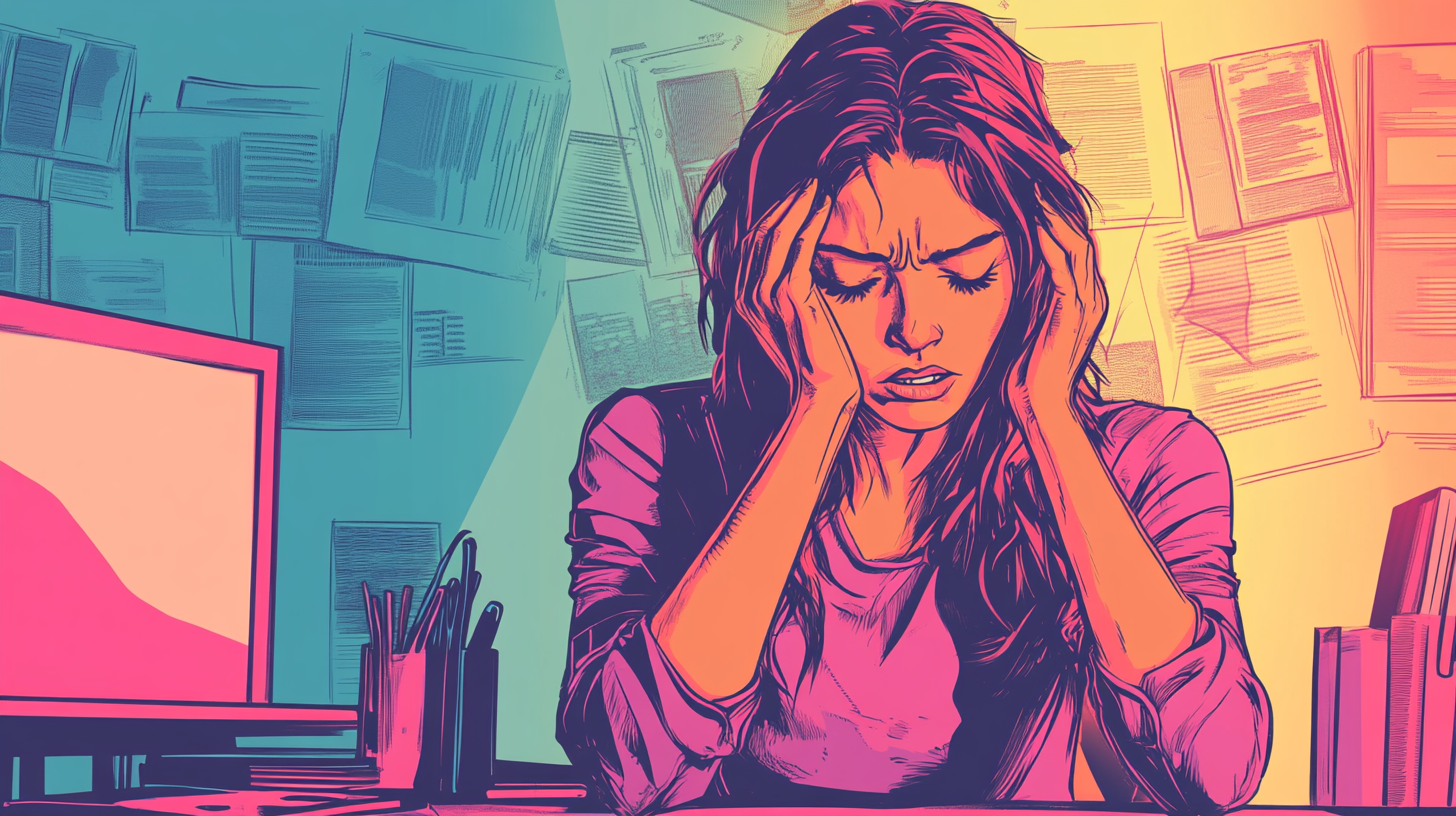
Workplace anxiety doesn't always show up as panic attacks or breakdowns in the break room. It's often quieter, more insidious.
- Constant overthinking about emails, performance, or meetings
- Irritability or mood swings during or after work hours
- Physical symptoms like headaches, stomach issues, or chronic fatigue
- Avoiding tasks, meetings, or coworkers due to fear of judgment
- A feeling of dread on Sundays or before logging in

If these sound familiar, know this: anxiety at work is incredibly common, and manageable. But first, let's look at where it starts.
Common Triggers of Workplace Anxiety 😬

1. Deadlines and High-Stakes Projects 🎢
Tight turnarounds, unclear expectations, or chronic overwork can spike cortisol levels and make even routine tasks feel overwhelming. Studies show that long working hours are strongly linked to anxiety and depression, especially in deadline-driven industries.
2. Social Dynamics and Office Politics 🏢
Whether it's feeling excluded from team conversations or navigating a passive-aggressive boss, the emotional labor of "fitting in" can be mentally exhausting. Many people mask their anxiety to appear competent, a phenomenon known as "surface acting."

3. Job Security and Economic Pressure 📉
Layoffs, contract instability, and rising living costs add a layer of existential dread to the day-to-day. When your income feels threatened, so does your nervous system.
4. Well-being Washing 🫧
Like greenwashing, wellbeing washing is when a company focuses more on appearing to care about wellbeing than they do on actually taking care of their employees.
This might be things like wellness talks organised by employers - paired with the expectation you get all your work done afterwards. Or organising wellness activities like yoga or exercise but only before or after work, so you have to extend your working day to feel better.
Or it’s offering access to free meditation or therapy apps, but doing little to address internal grievances, poor management, and in some cases, abuse. There’s a good thread on Reddit that lists all of these if you’re interested.

There’s now a growing amount of evidence supporting this. According to a recent survey, while 7 in 10 workplaces celebrate mental health awareness days, only 3 in 10 offer mental health support deemed "good" by their employees. What’s going on?
In 2008, a seminal paper written on behalf of the UK Department for Work and Pensions - that is widely accepted to have led to the proliferation of mental health stuff at work - provided guidance on what employers should do.
According to the report, three things are important:
- Prevent illness through the promotion of health and wellbeing
- Early workplace intervention on health problems
- Supports those out of work tim improve labour market participation
Again, this is pretty vague stuff. But companies have listened, sort of (I’ll come on to that later). According to research from the Chartered Institute of Personnel and Development, half of UK employers have a formal wellbeing strategy. Surely with all this focus, people should be feeling better right? Wrong.
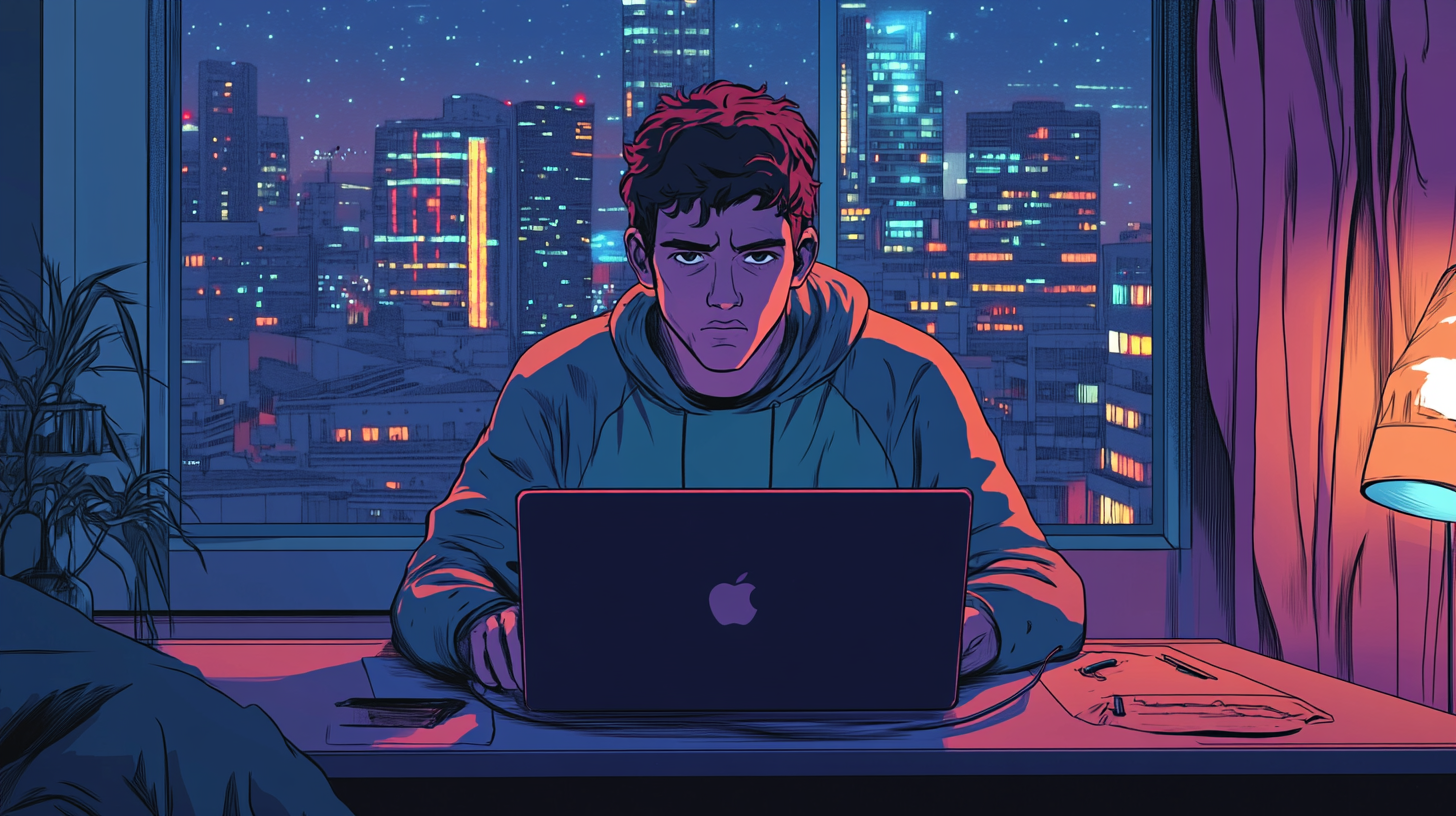
The University of Oxford carried out a study across 143 organisations and 28,000 works and evaluated how much mindfulness, resilience training and wellbeing apps fared in improving employee’s outlook. The result? Zero. There was no evidence it improved the lives of employees at all. Other data shows this. Job unhappiness continues to remain at all time highs.
But how so? The reason has to do with how companies build their policies to focus on the individual, not the collective.
Want to read more? Check out my article that dives deep into the whole thing.
How Anxiety Affects Productivity and Health ❤️🩹
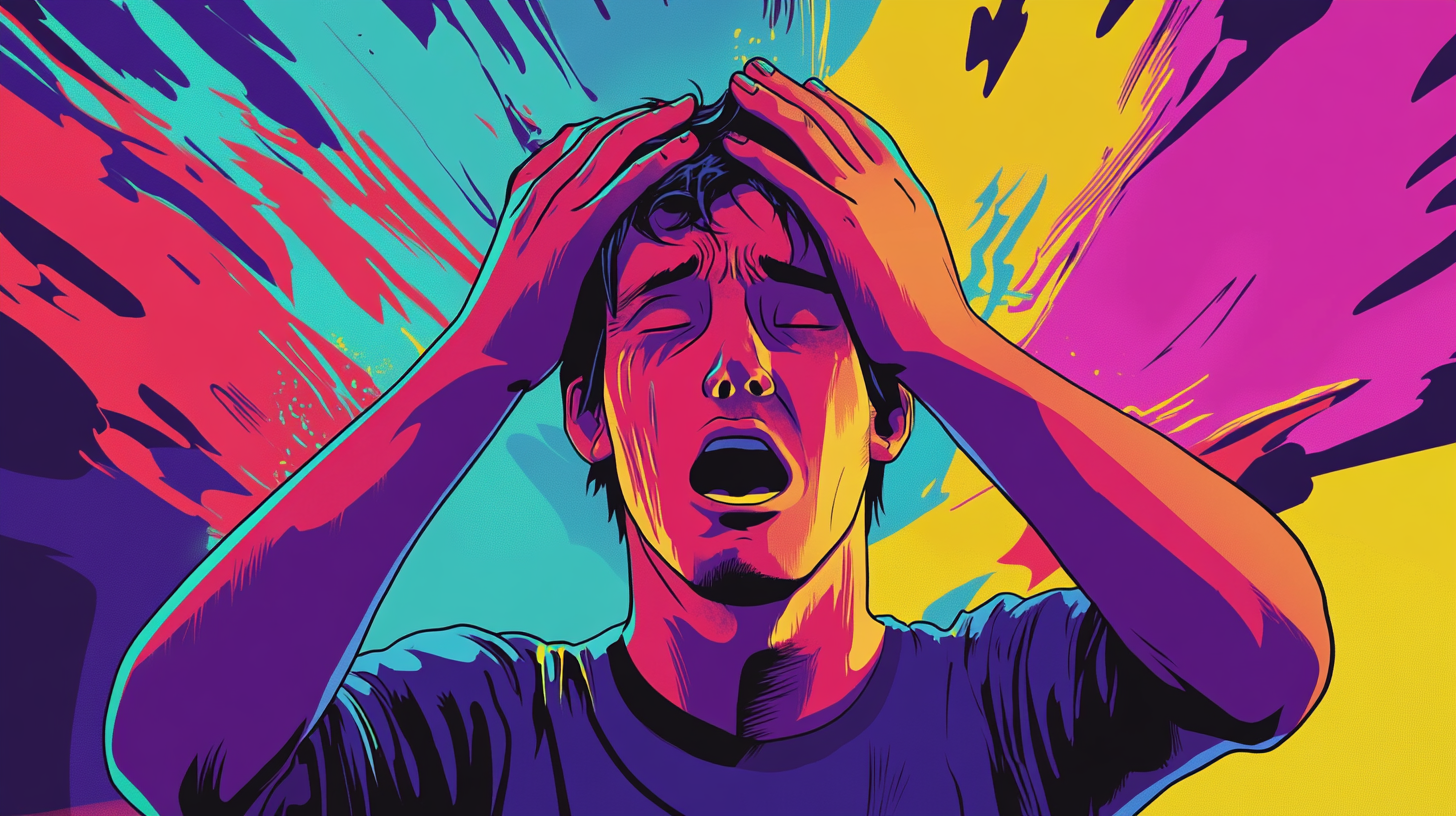
Anxiety isn't just in your head-it's in your body, your output, and your relationships.
- Cognitive fog: Anxiety reduces working memory, making focus and decision-making harder.
- Physical health risks: Chronic anxiety is linked to heart disease, gastrointestinal issues, and sleep disruption.

- Reduced productivity: Perfectionism or avoidance behaviors can cause work to pile up, leading to a vicious cycle of stress.
- Burnout: Left unaddressed, long-term anxiety can develop into full-blown burnout.
Practical Strategies for Managing Workplace Anxiety 🤜

1. Time Management that Works for You ⏰
Time blocking, realistic to-do lists, and the Pomodoro technique are not just productivity hacks-they give your nervous system structure and predictability.
Start with a 90-minute focus block, followed by a 15-minute break. Apps like Focusmate or Todoist can help you stay on track without the pressure of perfection.
2. Mindfulness Breaks 💆♀️
Research from Harvard Medical School suggests mindfulness-based stress reduction (MBSR) significantly reduces anxiety. That doesn't mean you need a full meditation setup at your desk.
Try this: Close your eyes for 60 seconds. Inhale for 4 counts, hold for 4, exhale for 6. Repeat three times. Grounding works best when it's simple.

3. Clear Boundaries and Honest Communication 🙅
Set a cutoff time for email. Decline meetings when your bandwidth is tapped. Learn to say, "I'd love to help, but I'm at capacity right now."
Use scripts if it helps. Transparency doesn't make you look weak-it models self-respect.
4. Talking to HR or Managers 👨💼
If anxiety is interfering with your ability to function at work, a good HR department should help you access support-whether that's adjusted responsibilities, access to mental health resources, or temporary leave.

Not every workplace is supportive, but starting the conversation (in writing, if needed) is a step toward protecting yourself. Mind and Mental Health America both offer scripts and guidance.
5. Know Your Rights: Legal Protections and Accommodations 🧑⚖️
In the U.S., anxiety disorders may be protected under the Americans with Disabilities Act (ADA), which means you can request "reasonable accommodations" like remote work, flexible deadlines, or adjusted workload.
In the UK, the Equality Act 2010 may cover long-term anxiety if it affects your daily functioning.
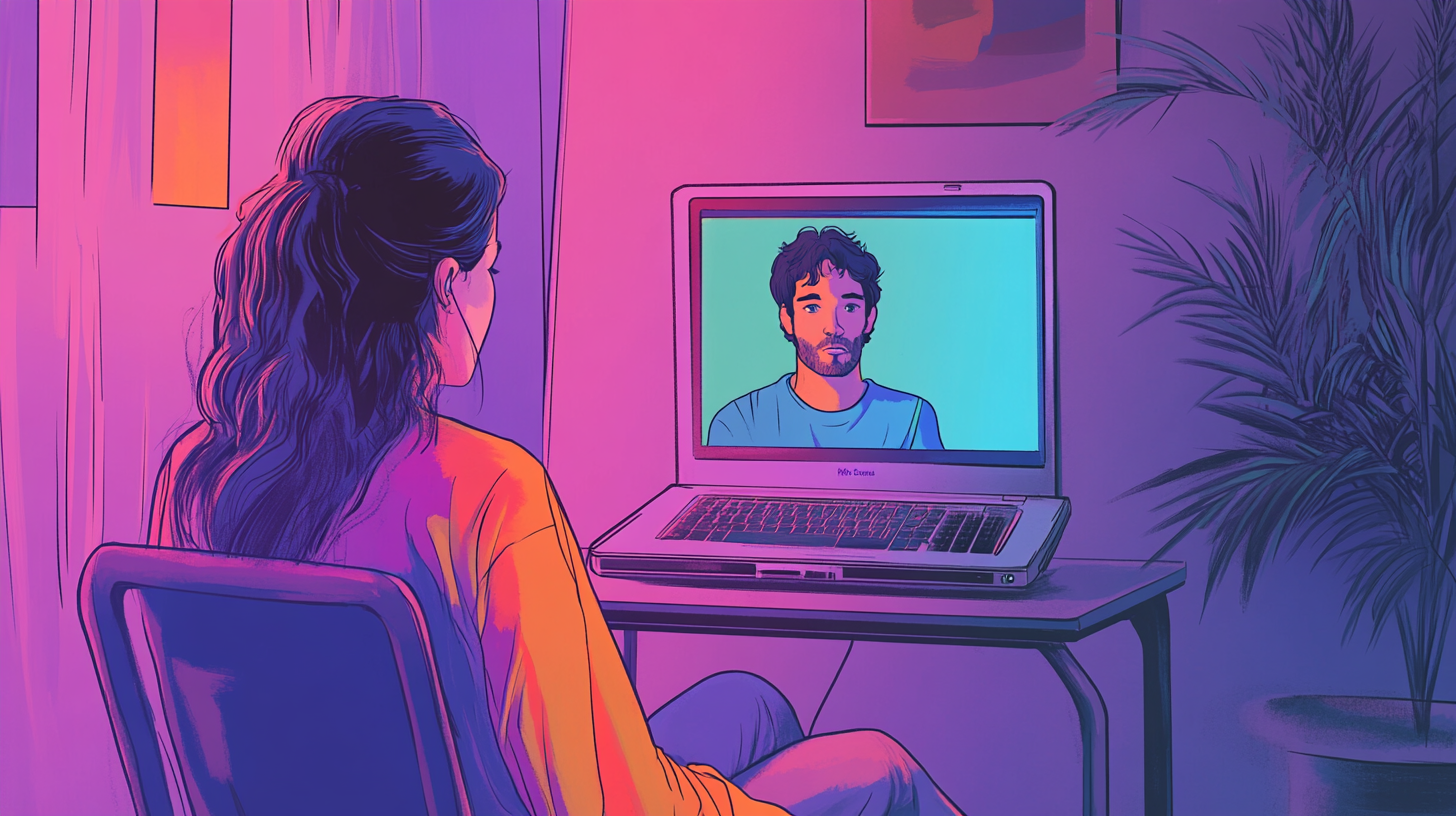
Work-from-Home and Hybrid Anxiety 🏡
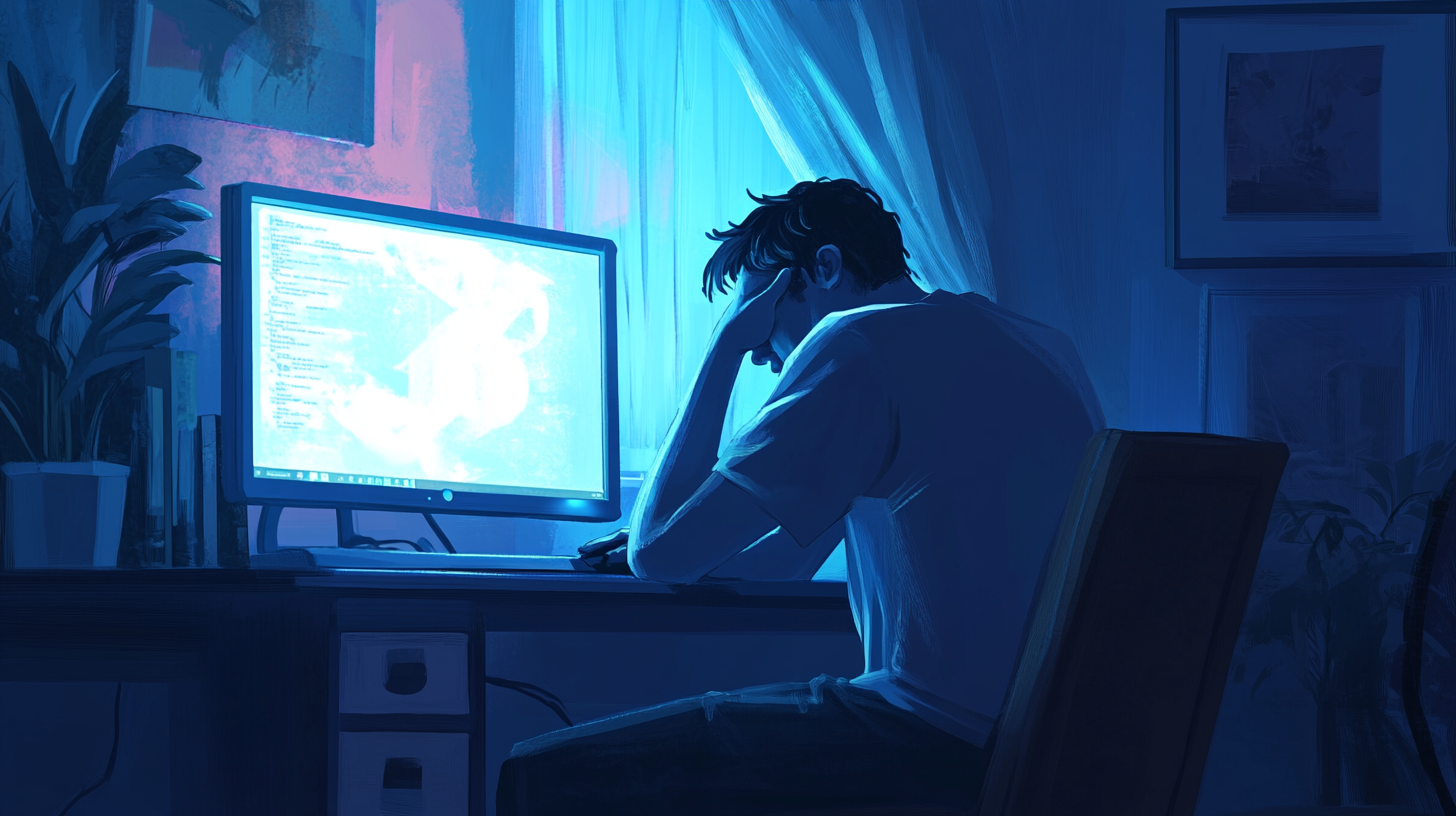
Remote work solved some problems, but created new ones. Isolation, lack of structure, and blurred boundaries can increase anxiety.
Tips for easing remote-work anxiety:
- Designate a "shutdown ritual" to end your workday
- Use separate digital spaces (e.g., one browser for work, one for personal)
- Check in with coworkers regularly, even if informally
Hybrid workers can feel pressure from both sides-in-office expectations and remote productivity. Don't be afraid to ask for clarity and consistency.

Encouragement: You're Not Alone 🫶

Here's the truth: we've built a work culture that often rewards burnout while ignoring boundaries. If you feel anxious, it's not a personal flaw-it's a signal. Something needs adjusting.
Managing workplace anxiety isn't about "toughening up." It's about softening where we're too tense, speaking up where we've stayed silent, and choosing to prioritize well-being over constant performance.
Help is available. Conversations are changing. And you deserve to feel safe, supported, and sane at work.
Further Reading 📚
- Mind UK - Workplace Mental Health Resources
- Mental Health America - Workplace Wellness
- Harvard Health - How Mindfulness Helps Anxiety
- NIH Study on Long Working Hours and Mental Health
- Equality Act 2010 (UK)
- Americans with Disabilities Act (ADA) Overview














